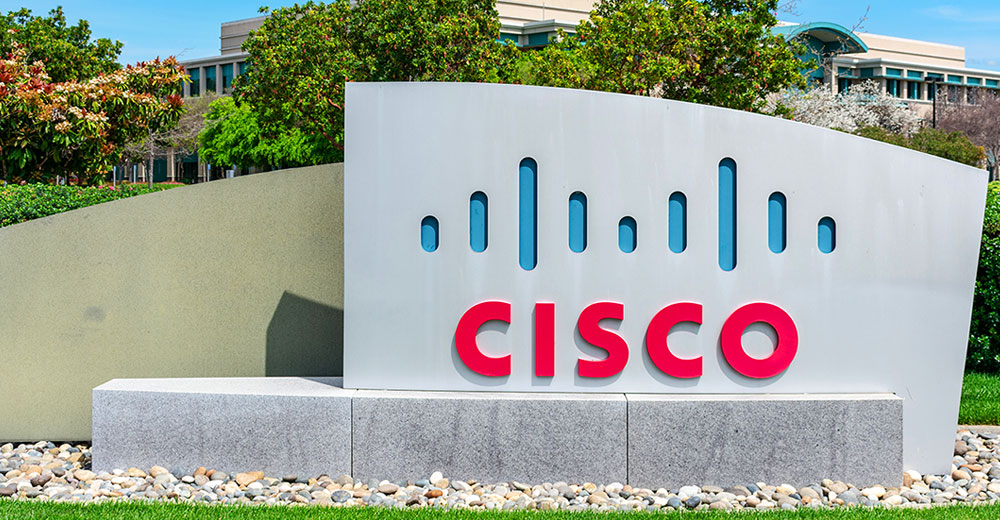Researchers at the University of Waterloo’s Cheriton School of Computer Science in Canada found that modifying just 30 lines of code in the Linux kernel could cut data center energy consumption by 30% to 45%.
Linux dominates data centers, where energy use is a growing concern. A more efficient Linux kernel could also lower operating costs for research institutions relying on Linux-powered servers.
The researchers presented their findings at ACM Sigmetrics 2024, highlighting the need for a kernel modification and introducing an optimization designed to support a sustainable server room in Waterloo’s upcoming Mathematics 4 building.
“We didn’t add anything. We just rearranged what is done when, which leads to a much better usage of the data center’s CPU caches. It’s kind of like rearranging the pipeline at a manufacturing plant so that you don’t have people running around all the time,” said Martin Karsten, professor and associate director at Waterloo.
Linux Kernel Tweak Enhances Data Center Efficiency
Karsten explained that the proposed solution rearranges operations within the Linux networking stack, improving the efficiency and performance of traditional kernel-based networking. Their research shows this modification can boost throughput by up to 45% while maintaining tail latency.
Karsten worked with Joe Damato, a distinguished engineer at edge cloud platform provider Fastly, to develop a non-intrusive kernel change that improves Linux’s network traffic processing. If adopted for inclusion in the Linux kernel, the new method could reduce the energy consumption of critical data center operations by as much as 30%, Karsten said.
Their approach leverages IRQ (interrupt request) suspension, optimizing CPU power use while improving network efficiency. He explained that IRQ suspension enhances network performance while maintaining low latency during low-traffic conditions by reducing unnecessary CPU interruptions during high-traffic periods.
The code research was part of an ongoing project to build a green computer server room in the school’s new mathematics building. Karsten said sustainability research must be a priority for computer scientists.
“All these big companies — Amazon, Google, Meta — use Linux in some capacity, but they’re very picky about how they decide to use it,” Karsten noted. “If they choose to ‘switch on’ our method in their data centers, it could save gigawatt-hours of energy worldwide. Almost every single service request that happens on the internet could be positively affected by this.”
Open Source Community Backs Energy-Saving Fix
Ann Schlemmer, CEO of open-source database firm Percona, views code modification as a great example of the power of open source and community contributions.
“It is well-tested and documented. The overall benefits seem very compelling,” she told LinuxInsider.
Jason Soroko, a senior fellow at cybersecurity firm Sectigo, agreed that the research was legitimate and from a respected institution that could yield significant, long-term impact. If successful, the update might become integral to Linux and potentially influence other platforms.
“I would not be surprised if there are many other significant efficiencies to be gained by taking a closer look. By refining how Linux handles ephemeral data, the researchers address privacy, security, and performance concerns,” he told LinuxInsider. “Their approach could streamline data lifecycle management, reducing memory bloat and risk of exposure.”
Minor Linux Fix Could Deliver Major Energy Savings
Implementing small efficiencies can scale big when implemented across colossal data centers. A network card does not draw the majority of power in a server or networking device. However, modern networking devices can draw a couple of watts per networking interface, offered Jamie Boote, associate principal security consultant at security software firm Black Duck Software.
A typical data center rack holds about 40 servers, each with at least two networking interfaces. According to Boote, the Ethernet interfaces of a single rack draw 160 watts in total.
“Reducing the power draw of a data center, which may have hundreds or thousands of racks, would be akin to an energy savings of switching a building from incandescent to more energy efficient LED lighting and be well worth the investment,” he told LinuxInsider.
According to Boote, this optimization fixes a part of the kernel written when lower-speed Ethernet interfaces drew a fraction of today’s electrical needs. The networking stack design did not account for the growing power budget required by modern networking interfaces.
“By changing the priority of how the computers schedule tasks during high bandwidth events, a computer can better deal with networking traffic and prioritize energy expenditure in a way that makes sense for modern hardware and architectures,” he reasoned.
Network Performance Trade-Offs
Computing currently accounts for about 5% of the world’s daily energy use. Software developers no longer focus on performance efficiency as they once did, whether making open-source or proprietary applications.
According to intellectual property and technology attorney Raymond Van Dyke, programmers used to handle code execution bottlenecks with fundamental electronic workarounds to maximize efficiency. With the exponential advances in technology, many have lost some of the old efficiency habits.
“I am not at all surprised that outsiders, looking at existing code and data processing, can make that code more efficient and require less energy consumption in its usage. This is the way it should be,” he told LinuxInsider.
The proposed Linux kernel modification selectively defers network interrupt processing, potentially reducing data center energy use by 30% to 45%. However, this optimization isn’t a one-size-fits-all solution, advised Ariadne Conill, maintainer of Alpine Linux and distinguished engineer and co-founder at security firm Edera.
“It requires manual configuration through the ‘ethtool’ utility and is primarily beneficial for large-scale data center operators (hyperscalers) running specific types of network-intensive applications. While promising, the modification comes with important trade-offs,” she told LinuxInsider.
For instance, it may make network latency less predictable and lead to uneven resource allocation for network-heavy applications.
“We can view this update as an opt-in feature rather than a default setting change. It’s most suitable for carefully controlled data center environments where these trade-offs can be properly managed,” Conill noted.
























































